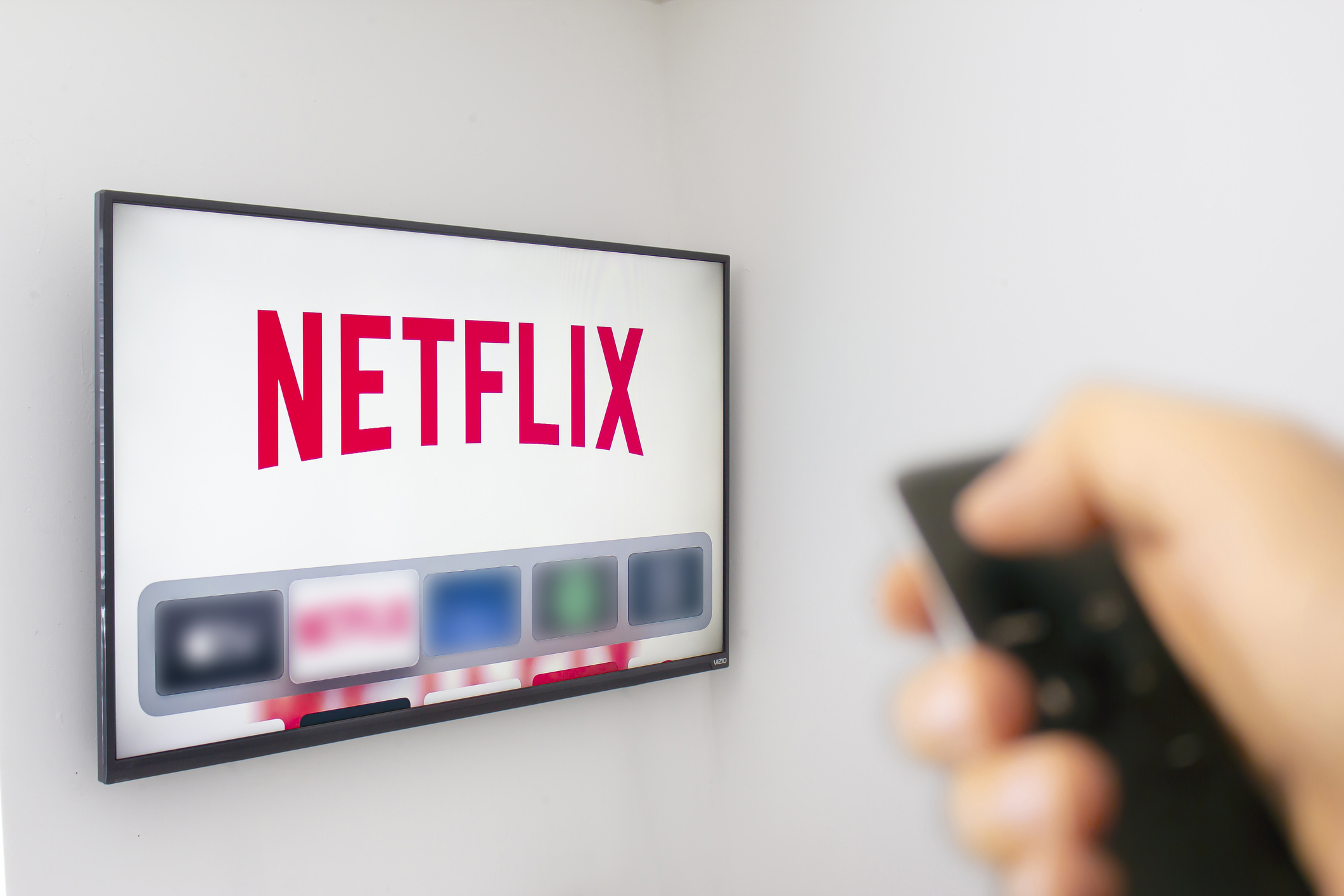The Ultimate 6-Step Cycle To Capturing The Right Audience
Have you ever heard or thought something about a product or brand that, for whatever reason, deterred you from engaging with it? Then, months (or even years!) later, you finally tried it – only to realize you had been missing out all along? That product’s first impression on you was not favorable, which is unfortunate, because it held value for you without you even knowing it. During the time you were silently revolting against that product, you could have been benefitting from it instead. In other words, impressions matter.
In advertising, serving the right impressions to the right people can make or break your campaign – or even your business. If no one knows about your product, how will they know to buy it? (Answer: They won’t.) Delivering digital ad impressions can be the first step in helping companies grow their customer base, increase engagement and sales, and scale their business. And just as is the case in many things in life, getting started is half the battle.
Below are six steps to deliver the right impressions and capture your audience from the get-go:
1. Identify your campaign’s goals
2. Define your audience
3. Understand your audience
4. Develop creatives
5. Deploy programmatically
6. Analyze and adapt
Walking through these six steps systematically will encourage you to pay attention to each of the most important aspects of your ad campaign and continuously build off your previous work. In the end, you’ll walk away with (hopefully) success and (definitely) lessons learned, which will fuel your next run through the cycle. Let’s dive right in.
1.) Identify your campaign’s goal(s)
Goals, when broken down step by step, help focus your efforts, remind you of your motivations, maintain consistency among your projects, and provide you with something against which to measure success. While you likely already have your company goals agreed upon and articulated clearly (if not, you should!), you will need overarching advertising goals for your department as well as KPIs specific to the campaign you are about to run.
Company goals > Advertising goals > Campaign goals
For example, one of your company goals might be to increase brand awareness among B2B audiences in the sports retail industry to show the value your company can provide to their marketing efforts. Within your company, your advertising department may have decided that their advertising goal is to deploy strong imagery and messaging to specific audience members that are most likely to buy your product. For this particular campaign, your KPIs, or key performance indicators, may be the number of impressions served throughout the run of the campaign, or the number of clicks (CTR, or click-through rate) on your ads. A lot of times, ranges can be more effective than one number to shoot for and will lead to more honest reporting later. Aiming to obtain 10,000-20,000 impressions, for example, will give you a better idea of success than simply saying you’d like to get 15,000 impressions.
2.) Define your audience
This step is fundamental to your organization. While your audience should already be broadly defined, you will need to narrow it down to the specific beachhead that you aspire to target through this particular ad campaign. Depending on your goals (which were just identified in step one!), who will benefit the most from this ad? If we have limited dollars, what is the specific type of person we would need to talk with most? Even if you don’t have a small budget, thinking this way will help you be very specific in defining your segment and making your money work for you.
3.) Understand your audience
Now that you know who you’d like to target, you need to assess the data you have access to in order to best understand your audience in terms of their behaviors and demographics. If your efforts are B2B, for example, do you know the job title of the person you’d like to see your ads? Do you know which websites they visit most often or what time of day they tend to click on ads? Chances are you don’t have all of this data at your disposal, which you’ll learn about in step five, but you do have about half. This half is the first-party data you collect about your customers through your CRM, sales notes, and other internal practices. Out of your entire target audience, there will likely be individuals that have already interacted with your brand in some way. You probably have logged a sale from them or sent an email to them, or maybe they viewed your website or followed you on social media. In some way, you have data to prove that a person is interested in your brand, which justifies your will to provide that person with further reasons to buy your product or employ your service. Isn’t it easier to start off with someone who can say, “I bought something from them once, and I really liked it!” or “I follow them on Twitter and they always produce really great content!” Answer: Yes.
Tip: To create the most comprehensive picture of your audience, your first-party data should be complemented with third-party data, thus bringing offline data online through digital identifiers. To learn more about the critical fusion of offline and online data, read about The Light Switch Effect of Programmatic Advertising.
4.) Develop creatives
Your creative is what you are delivering to your target audience. Your team needs to decide internally, based on your goals and audience, the strongest image and copy you can develop to get your point across. Your characters will be limited, and the image size you are allowed will likely be restricted in some way. In essence, what can you say with a small rectangle and two lines of text? What will your CTA (call to action) be? What do you need to say versus what people will be most likely to engage with? It is best to develop new creatives for each campaign. Some marketing teams like to utilize A/B testing by deploying two separate ad campaigns for a limited time, identifying one that performs better, then running that ad for the remainder of the time or budget. Other brands like to vary their creatives – maybe they’ll deploy one with flat graphics and one with pictures of people, if their style guide dictates that they can use both at different times. You must do what is best for you and develop a creative that is consistent with your brand, says what you need to say most effectively, will be visually engaging, and will resonate with your audience. It’s difficult to provide blanket insights into what that might be, since your creative is unique to your brand, your needs, and your audience. Just remember to keep your goals and audience in mind when you get to this step, and always stay true to your brand and voice.
5.) Deploy programmatically
By 2020, almost 90% of all mobile display ads will transact programmatically, according to eMarketer’s 2018 forecast. Further, programmatic channels will claim nearly three-quarters of digital video ad dollars in 2018, a portion that will rise to almost 80% by 2020. Clearly, more and more brands are starting to see the power of programmatic advertising, which lies in its ability to bring you audience efficiencies, a deeper level of transparency, real-time measurement and reporting, a broader audience base (and scale is a major issue most marketers struggle with), and a more targeted audience reach (source: Choozle. Deploying ads with a programmatic partner will increase your ROI and decrease risks of losing budget due to low quality impressions.
Working with a company that leverages effective ABM practices, powerful technology, and accurate data will help you be more successful in placing your ads in front of the right people at the right time than you could have achieved alone. The resources – manpower, budget, time, data, analysis – that it would take you to do it by yourself could potentially cost more than the campaign would return – which obviously would not be a favorable outcome. Instead, partnering with a company that deploys programmatic advertising technology and leveraging their resources may be the best choice. Leaving it to the programmatic pros will allow you to focus more on the strategic and creative aspects; you just need to be able to trust that the company’s technology is powerful enough to analyze billions of data points taken from accurate and reliable sources that will do what is best for your advertising efforts. Choose a company whose technology and data fill your gaps and elevate your advertising efforts to the next level. Programmatic ad tech companies develop technology solutions that are capable of making each impression higher quality, which increases your ROI and increases your brand awareness among people who will actually be receptive of it. This technique is, of course, much more effective and efficient than blindly putting an ad in front of everyone and hoping someone likes it.
6.) Analyze and adapt
There is something to learn from every campaign. It is very important to review your insights, evaluate the strengths and weaknesses of the campaign, then come up with an action plan for the next one. “One and done” isn’t necessarily the best way to go; once you’ve deployed a campaign and learned from it, you should use that knowledge to run an even better campaign, and then a better one – always tailoring your next campaign’s strategy based on the analytics of the previous one (and tweaking your goals and audience along the way, if need be).
Final Takeaways
There may be a paradox at play here: Your first deployment of a large ad campaign is critically important, as it is the first touchpoint your audience is experiencing in regards to this particular campaign. But entrepreneurs (and readers or students of lean methodologies) know that what you first set out to do is barely ever what you end up doing. Regardless of your history or background, your first attempt at something new is a learning experience and will most likely need to be adjusted based on feedback (often in the form of how audience engagement stacks up against your KPIs). While you may be nervous about launching a new, major ad campaign and risking damaging your brand, you should instead understand that the best way to learn how to do something is to do it. To tighten the feedback loop, you need to get your ads in front of people more quickly; in other words, you would be wise to put together a budget and complete the above six steps sooner rather than later. And don’t forget that the above six steps form a cycle. If your audience and goals are defined appropriately, your creative work is strong, your programmatic partner is effective, and your analysis is insightful and accurate, all will go well. But how often do all the stars align right away? Don’t shy away from tweaking existing campaigns or practices and taking chances until you find what works best for your company. Sometimes starting with a recent campaign that met its goals and making it better based on your post-campaign analytics – maybe through a more narrowly defined audience or stronger creative – could be just what your company needs in order to deliver the best impressions to the right people. How will you know if you don’t try?








